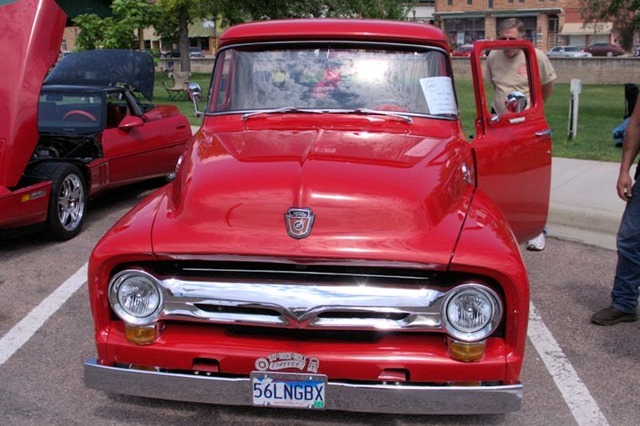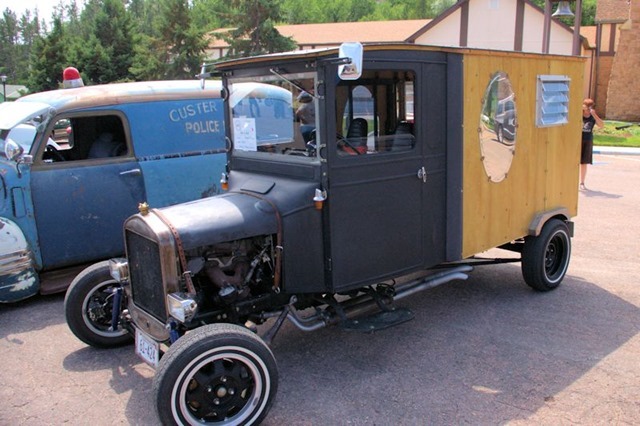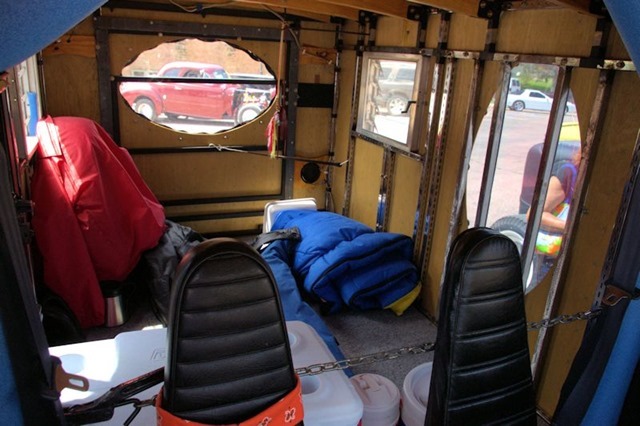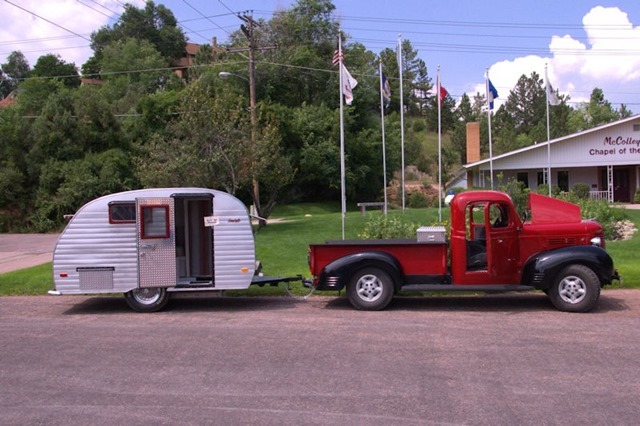Photos and exploring western South Dakota, August 9, 2014
Karen needed to get some thread for one of her quilt projects, so we ran into Hot Springs to a quilt shop
We often run across local vintage car shows in our travels. I’m not interested in old cars other than looking at them and taking pictures.

Sometimes we even come across some that are rigged up as campers – sort of.


We also, on occasion, see true vintage recreational vehicles, like this travel trailer.

Later, we went on one of the Wind Cave tours. Wind Cave National Park was one of the first National Parks, established by President Theodore Roosevelt in the early 20th century.
We’ve been in quite a few caves over the years. Wind Cave wasn’t especially remarkable for us.

Caves, normally dark interspersed with artificial light are hard to photograph in a way that shows what the visitor is actually seeing. Flash photography , like Karen’s picture above, shows much more than what one actually sees.
I try to do as much as I can without using flash. Unfortunately, this time, my camera battery died before we got in the cave. I had forgotten to charge it and forgotten to bring along the battery that had a full charge on it. Double OOPS!
I did have my iphone and took some video and some photos with it, but I’m not particularly happy with what I got from it.
Wind Cave does have some formations, called boxwork, that are somewhat unique to it. Some of the most extensive boxwork deposits in the world are found in Wind Cave.

Boxwork is an uncommon type of mineral structure, or speleogen (similar to a speleothem, but formed by erosion rather than accretion), occasionally found in caves and erosive environments.
Boxwork is commonly composed of thin blades of the mineral calcite that project from cave walls or ceilings that intersect one another at various angles, forming a box-like or honeycomb pattern. The boxwork fins once filled cracks in the rock before the host cave formed. As the walls of the cave began to dissolve away, the more resistant vein and crack fillings did not, or at least dissolved at a slower rate than the surrounding rock, leaving the calcite fins projecting from the cave surfaces.
Until next time.

